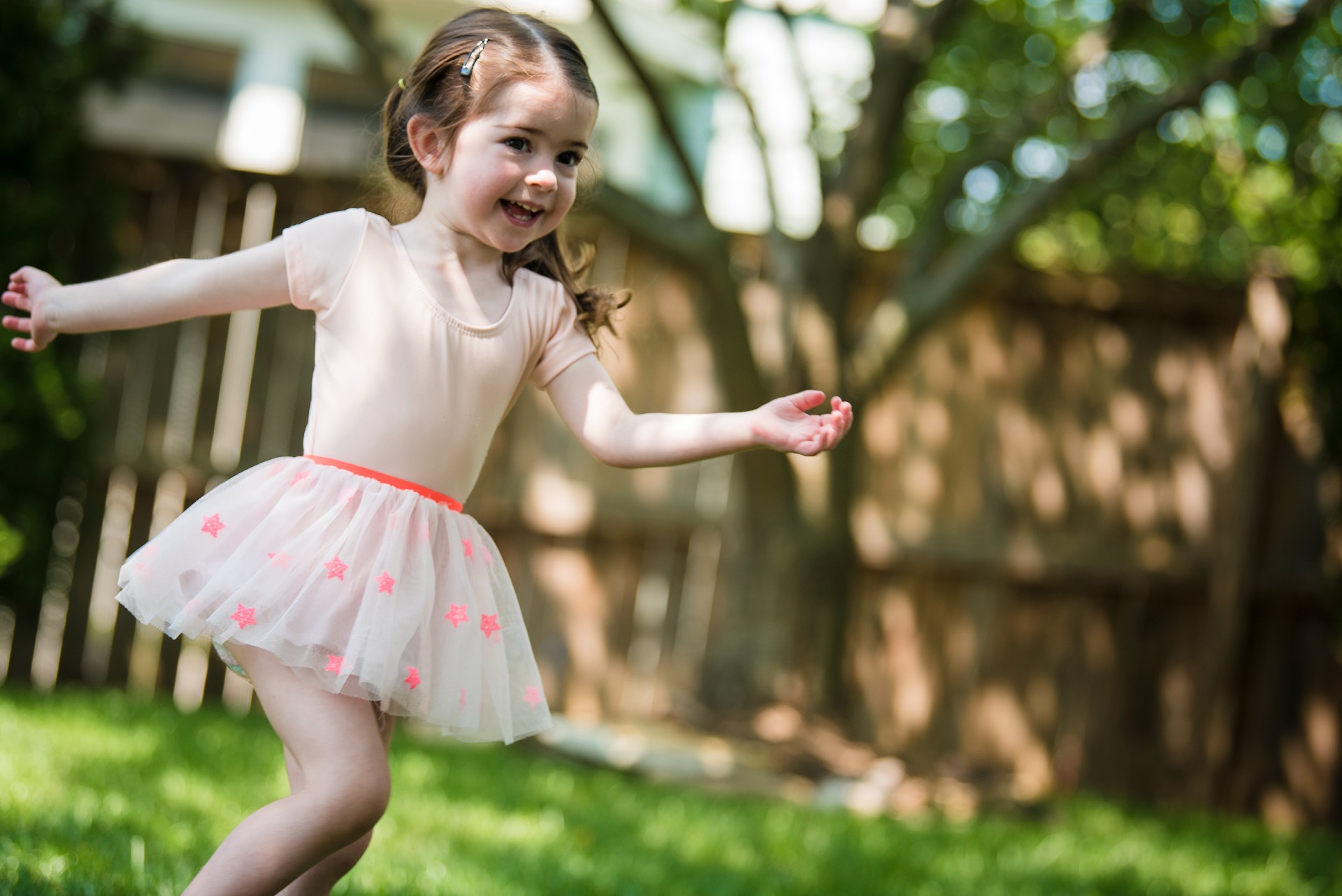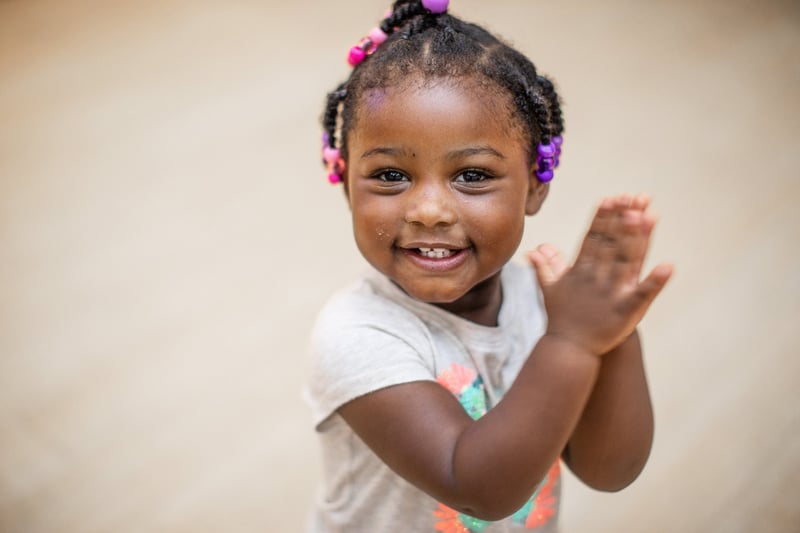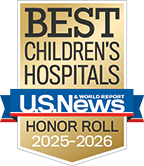Condition
Pediatric Rubella
What You Need to Know
Rubella is a viral illness that causes a mild fever and a skin rash and is spread through contact with fluid from the nose and throat. It starts with a low fever, runny nose and diarrhea. Then a rash appears on the face, and spreads down the body.
Key Symptoms
The most common symptoms are:
- A period of not feeling well
- Low fever
- Runny nose
- Diarrhea
- Rash
Diagnosis
The healthcare provider will ask about your child’s symptoms and health history. In addition your pediatrician may do one or all of the following:
- Complete a physical exam
- Blood test
- Urine test
Treatments
The goal of treatment is to help ease symptoms. Treatment may include:
- Lots of rest
- Making sure your child drinks plenty of fluids

Schedule an Appointment
Our pediatric specialists provide personalized care for your child’s physical, mental and emotional health needs. Meet the providers who treat rubella and schedule an appointment today.
Frequently Asked Questions
What is rubella?
What causes rubella?
Which children are at risk for rubella?
What are the symptoms of rubella?
How is rubella diagnosed?
How is rubella treated?
What are possible complications of rubella?
How can I help prevent rubella?
When should I call my child’s healthcare provider?
Departments that Treat Rubella

Dermatology
The Division of Dermatology at Children's National Hospital continues to expand services as more families seek our expertise in the diagnosis and treatment of disorders of the skin, hair and nails. Learn more about our division.

Help Kids and Make a Difference
Invest in future cures for some of life's most devastating diseases. Give today to help more children grow up stronger.







